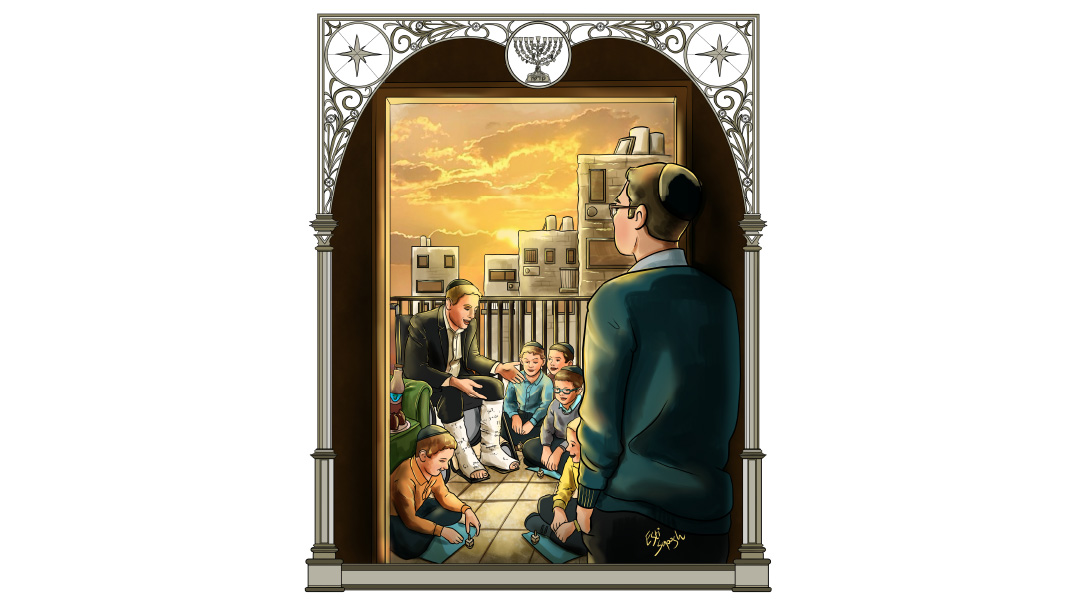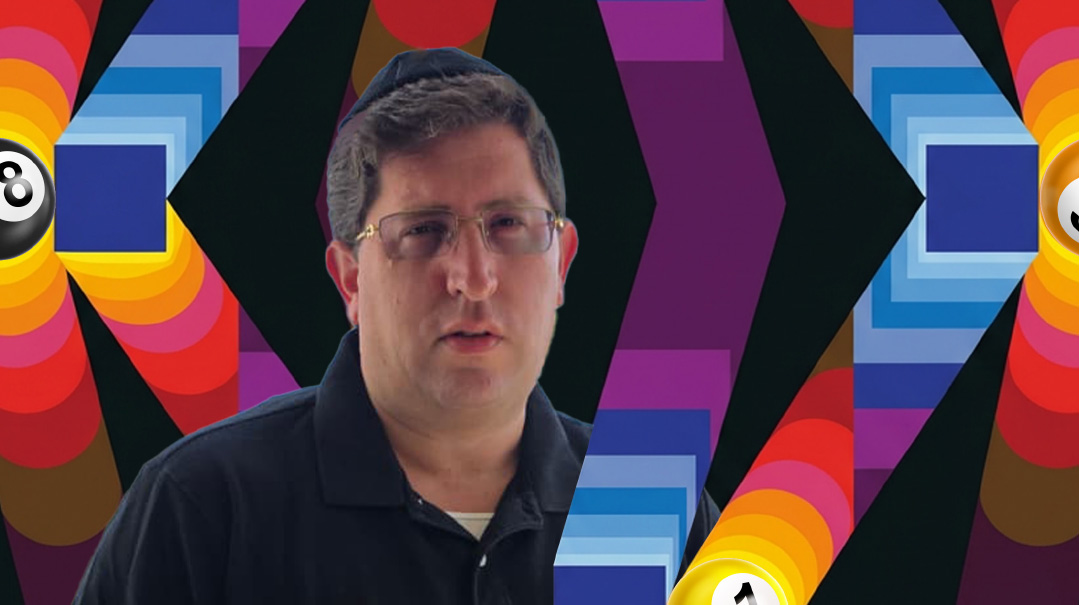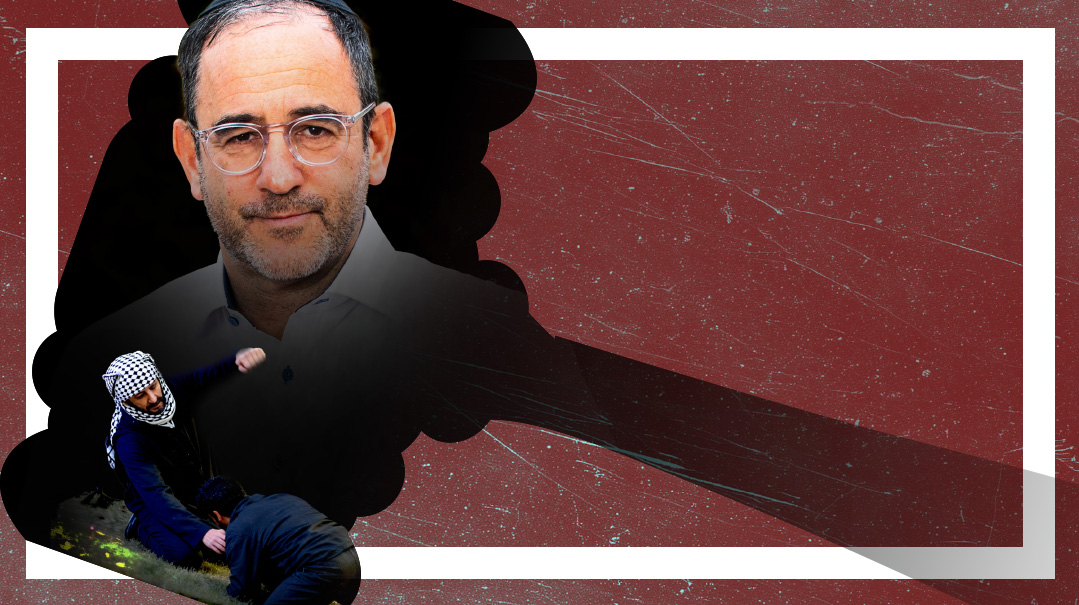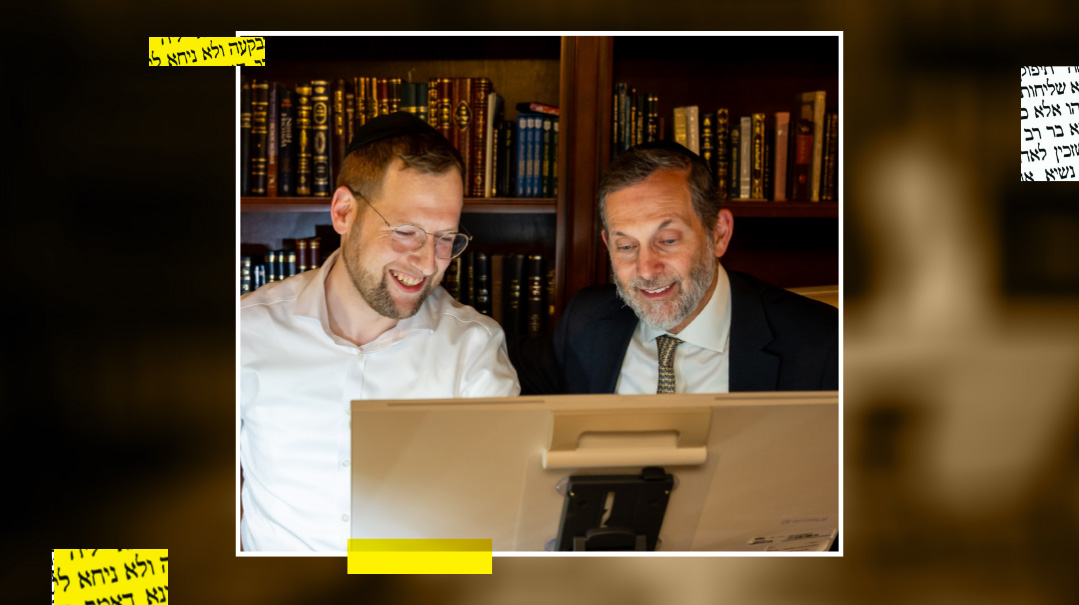Turning a New Page
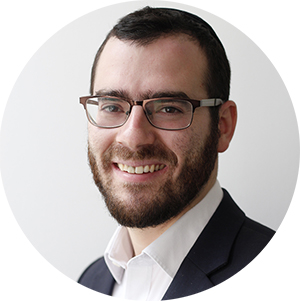
Dirshu’s Amud Yomi revolution fuses past, present, and future
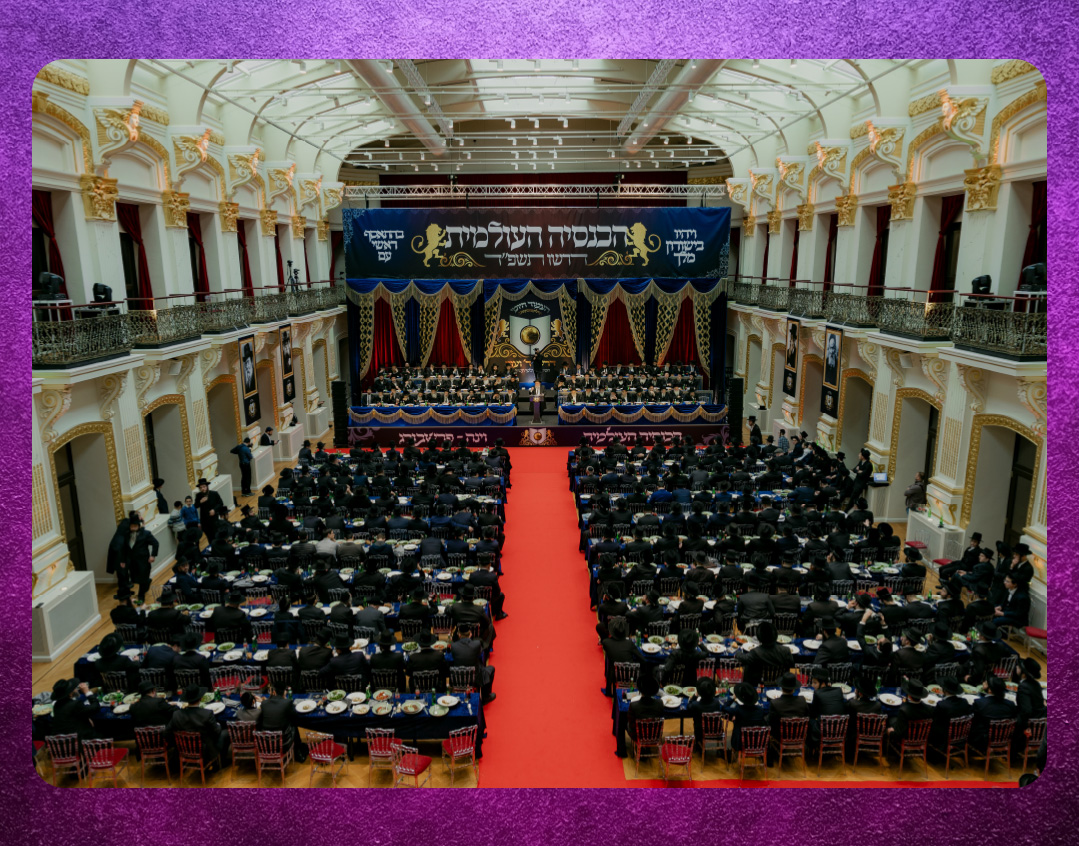
By Gedalia Guttentag, Vienna
Photos: Dirshu archives
For a few hours last week in Vienna, the glories of the first Knessiah Gedolah a century ago seemed within touching distance as Dirshu celebrated the massive uptake of the Amud, heir to the Daf Yomi program that was launched within these very halls
Close your eyes amid the ornate, gold-leaf splendor of Vienna’s Sofiensaal concert hall, and a century falls away. The year is 1924, and the historic venue is preparing for Agudas Yisrael’s first Knessiah Gedolah. Inside the large auditorium, cigar smoke curls as chassidim rub shoulders with yekkes, and Hungarian delegates take their place alongside representatives from Eretz Yisrael. Outside, the occasional car passes through Vienna’s elegant streets, which are temporarily painted black and white by the masses of chareidi Jews.
One after another, Torah legends enter the hall. The Tchortkover Rebbe is princely as he arrives with his attendant. Crowds part to let through Rav Meir Dan Plotzki, author of Kli Chemdah. Next is the Sfas Emes’s son-in-law, Rav Yaakov Meir Biderman, followed by German Agudah leader Moreinu Reb Yaakov Rosenheim, in his distinctive bow tie and spitzbard.
The crowning moment comes as a diminutive figure walks in quickly with his head down. The Chofetz Chaim, destined to play a historic role in this great assembly by backing Rav Meir Shapiro’s call for the establishment of the Daf Yomi program, enters the hall and heads for the dais.
For a few hours last Monday afternoon, those near-mythical scenes — brought to life with the recent discovery of black-and-white newsreel footage of the event — seemed within touching distance.
One hundred years after the Knessiah Gedolah saw those gedolim grace the Vienna stage, their spiritual heirs — leading roshei yeshivah and poskim from across Israel and Europe — came together to mark the founding of the natural successor to the Daf Yomi.
What was meant to be a launch event for Dirshu’s new Amud Yomi program, delayed for months because of the war in Gaza, turned into a siyum of Maseches Brachos and a celebration of the stunning uptake of the new initiative. Over the last few months, more than 1,200 new chaburos with tens of thousands of members have taken off worldwide, based on the organization’s proven formula of tests enabling participants to master large areas of Shas. “The Amud has taken off like wildfire, among both balabatim and bnei Torah,” says Dirshu founder Rav Dovid Hofstedter.
“In previous generations, people used to go through masechtos and finish Shas,” Rav Chizkiyahu Mishkovsky, mashgiach of Bnei Brak’s Yeshivas Orchos Torah tells me. “But our generation needs tests and a program to motivate us to do the same thing.”
That link between the pre-war Torah world and the one that has risen from the ashes to replace it, was a theme of the two-day Dirshu tour that began in Vienna, moved on to the Chasam Sofer’s kever in Pressburg (now Bratislava), and finished in Kerestir, Hungary.
Given the worldwide sense of crisis enveloping the Jewish people amid the ongoing war in Israel, the road journey eastward across the lands of the former Austro-Hungarian Empire was as much about Tehillim as a celebration of the new Amud Yomi program; the presence of so many leading gedolim lent the tefillos the fervency of those first, post-Simchas Torah days of the war.
Two days spent in the great Dirshu convoy rolling across the heartlands of the bygone Torah world was a golden chance to hear from gedolim about the contrast of old and new, and for personal musings about the nature of today’s vibrant Torah world. Against the background of the Chasam Sofer’s “Chadash Assur Min HaTorah” — the staunch opposition to modernity and change that characterizes so much of the Torah world — the road journey illustrated the way that mesorah doesn’t mean stagnation, and that Torah requires constant innovation to reach a new generation.
“Today’s world is constantly busy,” Mirrer mashgiach Rav Binyamin Finkel told me as we were airborne enroute to Austria. “We have to channel that into busyness around Torah, with one mitzvah after another, one Torah program and then another.”
So yes, it’s easy to poke fun at our generation’s lavish tours to Kerestir and kumzitz-fueled kevarim pilgrimages. But after two days underway with groups from America, England, France, and South Africa who are part of a giant new undertaking, it’s clear that amid all the fanfare, a new reality has arisen: thousands of people – both avreichim and balabatim — are eager to know Shas and willing to put in the time to make it happen. Generation Kerestir is writing a new chapter in the Torah’s ancient story.
Oops! We could not locate your form.

